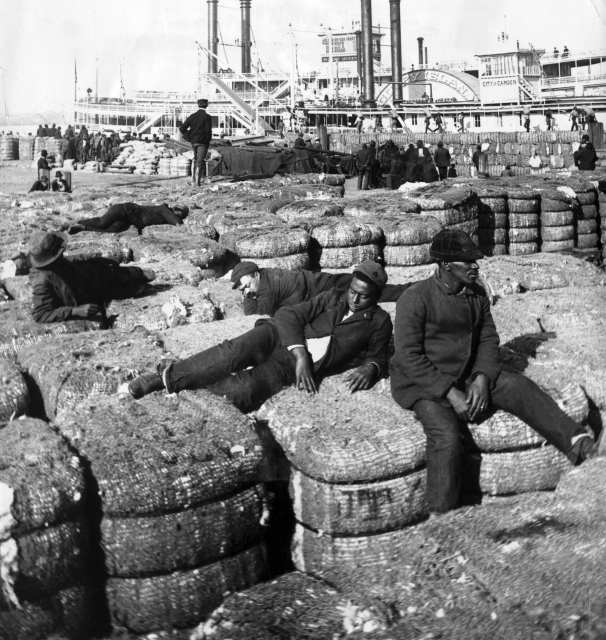Search
Items tagged with: LaborHistory
Today in Labor History October 24, 1892: Black and white teamsters, salesmen and packers struck together in New Orleans, paralyzing commerce throughout the city. It quickly turned into a General Strike. Workers were fighting for a 10-hour work day. They were soon joined by non-industrial workers, such as musicians, clothing workers, clerks, utility workers, streetcar drivers and printers. The bosses and media tried to stoke sectarian violence by repeating lies that black mobs were rampaging through the streets beating up white women and children, but the workers refused to break ranks and continued to show solidarity with each other, regardless of skin color. In the end, the workers won the 10-hour workday and overtime pay, but the employers refused to accept the union shop or to recognize the unions as representatives of the workers.
#workingclass #LaborHistory #neworleans #nola #generalstrike #solidarity #racism #strike #union #BlackMastadon

